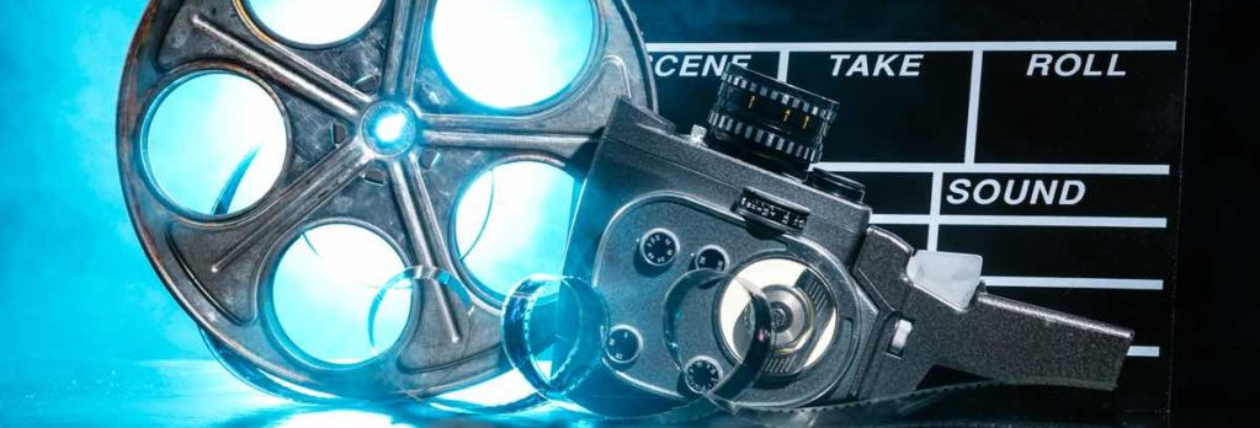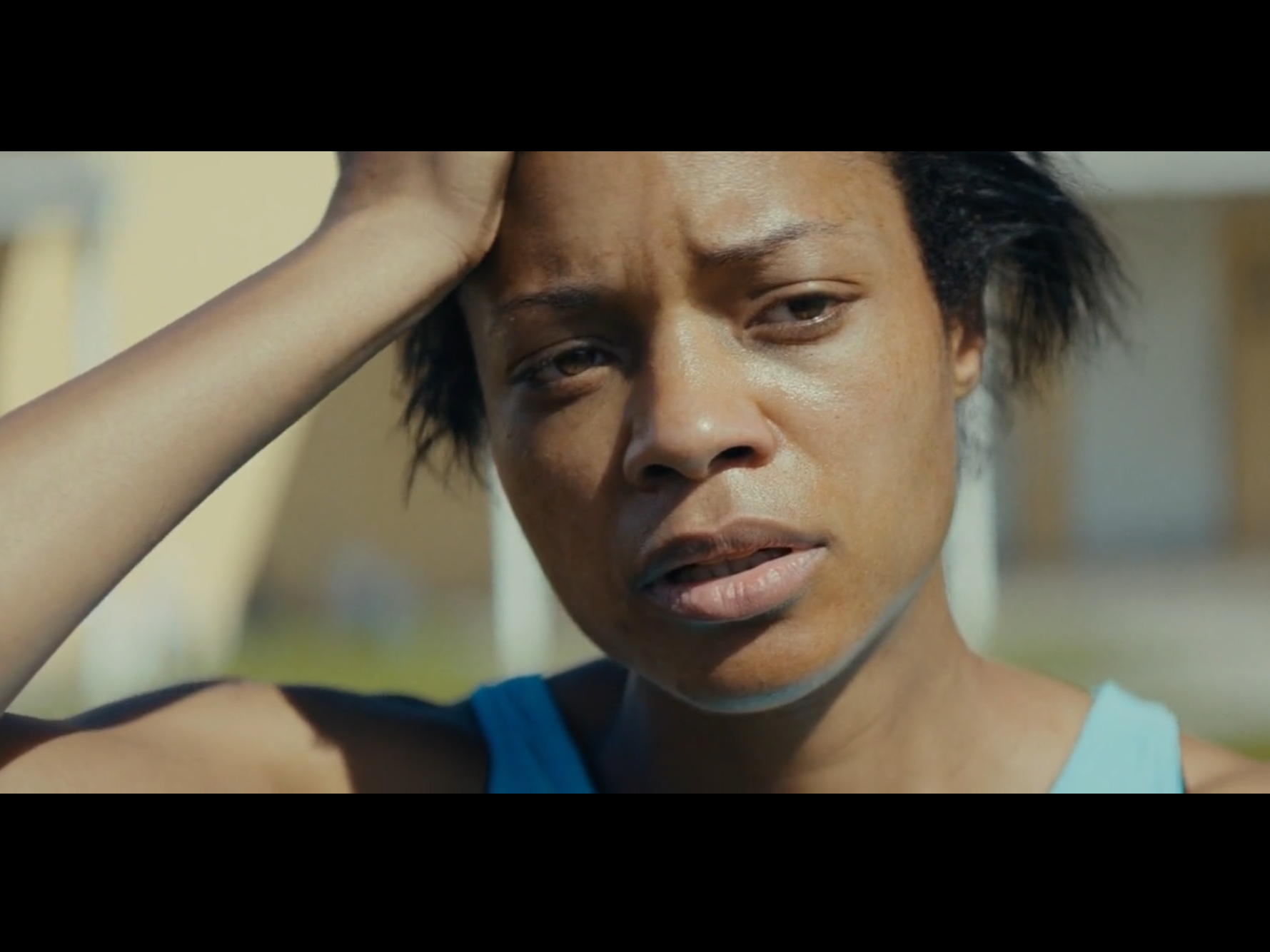Best Picture: Falling Down
Best Director: John Carpenter
Best Actor: Kurt Russell
Best Actress: Natasha Lyonne
I struggled at first to think of an actress, because my taste in movies tends to be classics in which women were underrepresented and female characters were written with less depth. I picked Natasha Lyonne because of her acting in movies like ‘But I’m a Cheerleader’ and shows like ‘Orange is the New Black’.
What Makes a Film Good?
I like to think that a film is good when it succeeds at its purpose. A good comedy should be funny and light-hearted, a good horror should be scary. A movie that has a message is good if the message is represented well and received well. This also means that a movie that doesn’t succeed in terms of making money or fulfilling the promises of a genre can be good if it was a passion project, and the people who worked on making it enjoyed doing so.
Another important factor to making a ‘good’ movie tends to be general quality. A mediocre story could become a big hit if it is edited and filmed in an interesting way, makes good use of staging, audio, location, and ever extra tool at it’s disposal. For an easy example, simply think of how many movies take place in iconic locations like London, New York, Las Vegas, etc. purely because such a setting can vastly improve success.
However – movies aren’t just entertainment, or even quality. They are an industry, being a director, actor, producer, or any other worker on a set is a job, and production companies are, well, companies. The monetary success of movies simply cannot be ignored when considering if one is good or not, as making money is almost always at least the secondary purpose of making a movie.
Take, for example, Falling Down, my favourite movie. With a budget of 25 million dollars, it grossed 96 million – and took top spot of the US box office for the two weeks following its release, pushing down Groundhog Day during this time. It was a monetary success, and was also a good movie for those who watched simply for entertainment.
But in terms of the reception of the message, it’s a different story. The movie’s plot follows the character ‘D-FENS’ (known by this alias as the secondary plot follows the police’s investigation of him, where they refer to him by his car’s number plate) slowly losing more and more of his inhibitions as he finally decides to fight back against the things that anger him about the world, and also follows the character of Sergeant Prendergast following his spree of crimes and trying to stop him.
There are multiple ways to interpret the themes of the movie, but I believe they are trying to say two main things; you can’t just suppress your unhappiness and anger, but you also can’t just release all of it on the world around you. Both of these lead to doom. These themes are best exemplified when you look at D-FENS and Prendergast’s stories side by side, where they aren’t opposites – rather, they are mirrors of each other, the only difference being that Prendergast mostly manages his issues in a healthy manner (aside from the occasional outburst). The other message the movie is trying to convey is how far people are willing to excuse crimes and immoral actions when faced with perspective and anger, as we see D-FENS clearly portrayed in the wrong for his increasingly terrible acts, but the movie only really solidifies him as the villain in the final act, when really the audience should’ve caught on much earlier.
Unfortunately, it seems both of these messages failed to land for a lot of viewers – most review sites will have Falling Down listed as average at best, swaying between 50 – 75% positive. Though I don’t think this makes Falling Down a bad movie, as it still succeeds in its other facets, and the misunderstanding of how the movie presents the main character could even speak to the effectiveness of it’s second message, it can’t be ignored that for a lot of people, it didn’t hit the mark.
To conclude, I think that a ‘good’ movie should succeed at what it attempts to do, whatever that may be – and I also do not believe that such a thing as a ‘bad’ movie exists, as there’s always someone out there who got enough enjoyment from it for it to have been worth their time and money.




